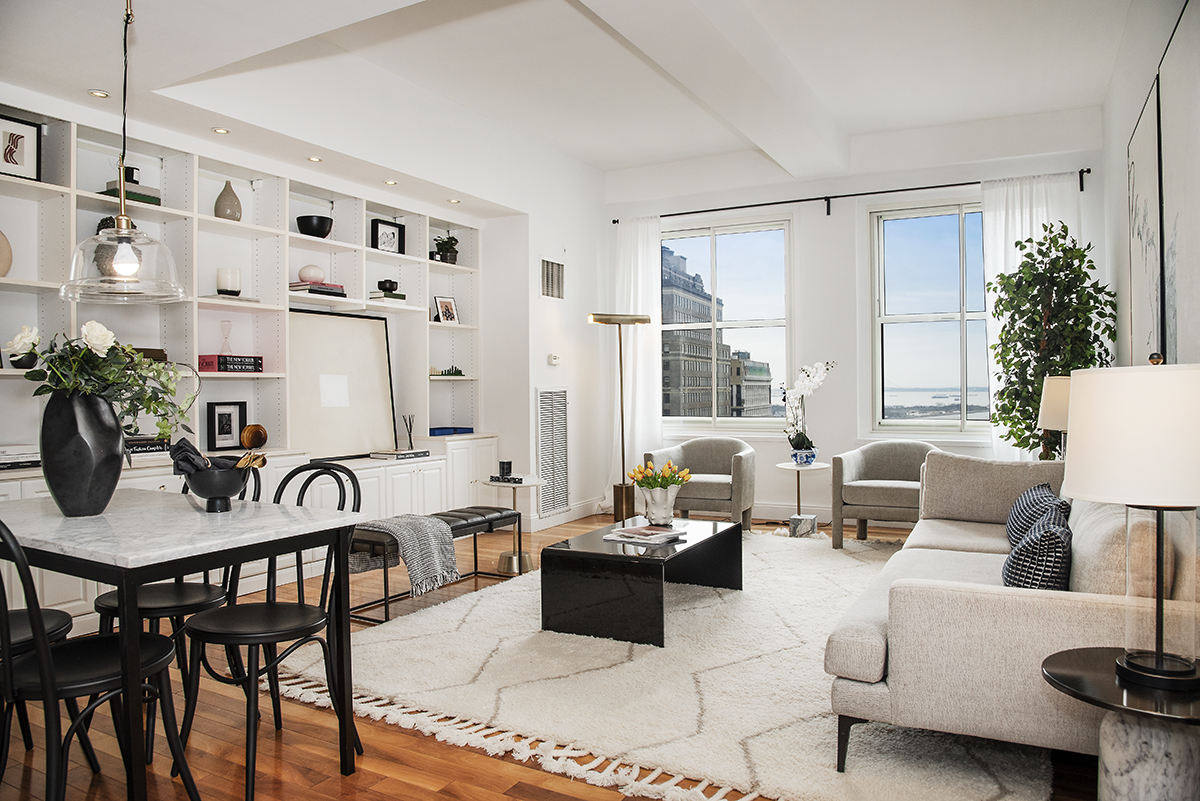Investing in a loft apartment in New York
Posted by Wei Min Tan on September 15, 2020
Owning a loft apartment in Manhattan, New York is having one of the ultimate New York assets. While residential condominiums continue to be built, a true loft apartment is scarce. Supply is limited and New Yorkers love lofts (if they can afford it). This is because lofts are:
(i) Big and spacious
(ii) Have high ceilings and large windows which make the space feel voluminous
(iii) So charming
Contact: tan@castle-avenue.com
Read about Wei Min’s style in Best Manhattan property agents and Role of a buyer’s broker.
Interested in working with Wei Min?
Click here to get in touch!

What is a loft
A true loft is a former commercial space (warehouse, factory) that has been converted to residential use. They can be in the Condominium or Cooperative ownership structure, similar to any apartment in New York. A loft is at least 2,000 square feet, has high ceilings between 11 feet to 15 feet, large windows and exposed mechanicals or walls.
The Soho Cast Iron District is the home of true lofts. Within a Soho loft building, the second floor lofts have the highest ceilings and ceiling height decreases as the floors get higher. For example, second floor has the highest ceilings, it gets lower on the third floor, still lower on the fourth floor and lowest on the fifth floor. Note that a fifth-floor loft’s ceiling is often still higher than those of regular apartments.
Soho lofts
The ultimate loft neighborhood is Soho. Lofts here have a history of being former artist spaces and have cast iron architecture. The downside to Soho lofts is that 99 percent are zoned “Artist-in-Residence.” This means the resident has to be a certified artist. There is a process through which artists get certified.
Given the current price of Soho lofts, the vast majority of current residents of Soho lofts are not artists but rather, businessmen, hedge fund managers or investment bankers. Hence the Artist-In-Residence rule is one that New York City is not enforcing. If NYC chooses to enforce this rule, it would be interesting to see what happens to property prices in Soho.
Tribeca lofts
Tribeca is the second loft neighborhood and the benefit to Tribeca lofts is that these buildings do not have the Artist-In-Residence rule. However, Tribeca lofts are not as charming as Soho lofts.
Both Soho and Tribeca lofts tend to be 5-6 storey buildings. Most do not have doormen, some have part-time doormen.
Weimin’s article, Investing in Tribeca real estate
Flatiron and Chelsea lofts
Flatiron and Chelsea loft buildings are larger, up to 20-storeys, compared to the Soho and Tribeca lofts’ 5-6 storeys. Amenities are better in Chelsea and Flatiron and many have full time doormen. Because of their larger sizes, these feel more like a hybrid between a regular apartment building and a loft building.
The benefits of owning a loft
(i) I love Soho lofts, very scarce cast iron architecture.
(ii) High ceilings, large windows, big open spaces
(iii) Strong appreciation especially when owning in a high demand building.
The downsides of owning a loft
(i) No amenities such as doorman, residents’ lounge, fitness center
(ii) Old elevators/no elevator. Creaky stairs and floors.
(iii) Very few units hence you will know all your neighbors. Often everyone in the building is/was a board member. This means you’d be involved in building politics.
Buying a loft as an investment
The rental yield of a loft is about 50 bps higher than that of a regular condominium apartment. The appreciation is strong especially in an up market.
Since lofts are large spaces, the rent per month is between $15,000 to $20,000. This is the higher end of the rental market hence it may take longer to rent out the loft apartment. Expect to spend $3 million to $6 million to get a loft in a high demand, strong building.
Weimin’s interview with Aidan Booth, online entrepreneur and property investor
Getting guidance
Interview a few brokers and get one, such as Castle Avenue, experienced with loft buildings. The inventory for lofts is tight and the hottest loft buildings often do not have any inventory for sale. This makes pricing a loft less straightforward than a regular condo apartment which would have multiple past trades within the building.
If you want a piece of historical New York architecture, and don’t mind a longer vacancy period when renting out, a New York loft apartment may be the right addition to your investment portfolio.
Weimin’s article, Investing in a penthouse apartment in Manhattan
What We Do
We focus on global investors buying Manhattan condos for portfolio diversification and long term return-on-investment.
1) Identify the right buy based on objectives
2) Manage the buy process
3) Rent out the property
4) Manage tenants
5) Market the property at the eventual sale
This article was updated Sept 15, 2020
Follow On Instagram
Related Links:
Investing in a PreWar Manhattan condo
Investing in West Village property
Terrace demand a premium, case study of our client’s investment








































